Find out more about The Open University's Science courses and qualifications
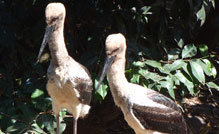
During the long history of life on Earth, the generally slow pace of evolution has been punctuated by dramatic mass extinction events, during which, over a relatively short period of time, a very large number of species became extinct. There are thought to have been five such events, of which the most recent occurred at the end of the Cretaceous period, about 65 million years ago; it brought about the extinction of the dinosaurs. We are now entering what many biologists regard as the sixth mass extinction event. This one differs from the previous five in that it is being caused, not by natural events such as volcanic activity or a meteorite impact, but by the activities of one species, Homo sapiens. Many animal and plant species have became extinct in the last 50 years and an even greater number are threatened with extinction, as the direct result of the many ways in which humans have destroyed or altered natural habitats.
We cannot be sure how many species will be affected in the immediate future, not least because we do not know how many species currently live on Earth. Only for a few groups, such as mammals and birds, is the number of living species known with reasonable accuracy. For one of the better-known groups, the amphibians (frogs, toads, salamanders, newts), new species are being described at a rate of about one or two per week, but a recent assessment of all the world’s known amphibians concluded that about a third of all species (5700) are threatened with extinction in the near future. Amphibians are highly dependent, on fresh water for survival and reproduction, and for freshwater habitats are the most severely affected by such human activities as habitat destruction and pollution. It is estimated that biodiversity in the Earth’s freshwater habitats has declined by 50% in the last 20 years.
While many species are declining and heading for extinction, a few are actually increasing in numbers. Among amphibians, the cane toad and the American bullfrog are increasing in numbers and extending their range, at the expense of other species. In both cases, their success has resulted from their being moved by humans to parts of the world where they do not naturally occur. The cane toad comes from Central America and was introduced to Australia and several Pacific islands to control a beetle pest of sugar cane. Bullfrogs are farmed around the world to supply food in the form of frogs’ legs; when they escape they rapidly become established and displace native frog species. The movement of animals around the world is one of the most dramatic ways that humans have had an impact on other species and has lead to the ‘homogenisation’ of nature. European sparrows and starlings, for example, are now very common in many parts of the world; ironically, their populations are declining in Europe.
A few species actually thrive in urban environments, notably rats, cockroaches and pigeons, all of which live off the rich detritus of left-over food that pollutes towns and cities. Rats are a particular problem, for two reasons. First, they act as vectors for a number of human diseases. Second, European colonists carried them with them on ships to other parts of the world where, released into the wild, they have been a major factor in the destruction of native species, notably ground-nesting birds.
Of most interest are those species that have been able to adapt to the adverse effects of human activities, demonstrating in doing so that evolutionary change can come about much faster than had previously been thought possible. A notable example in the UK is the peppered moth, a species that rests by day on the trunks of trees, relying on very good camouflage to avoid detection by predatory birds. In the past, tree trunks were pale in colour, and so were peppered moths, but the industrialisation of Britain produced huge amounts of soot that blackened tree trunks over much of the country. This favoured what had previously been a very rare, black form of the peppered moth which, in industrial regions, rapidly become much more common than the pale form.
In Africa and Asia, hunters have long shot elephants, selling their tusks to a very lucrative global ivory trade. This has favoured those individuals that fail to develop tusks. Having no value, they are ignored by hunters and, in some parts of Asian and Africa tusk-less elephants are increasingly common. A similar process has affected North American bighorn sheep, in which the huge horns of mature males have long been highly prized as hunting trophies. Hunters preferentially shoot males with the largest horns, a selective force that favours those males that develop smaller horns. A recent study has shown that the average size of bighorn sheep horns is 25% smaller than it was 30 years ago. As well as causing an evolutionary change in horn size, selective hunting may have affected bighorn sheep in another way. Females prefer to mate with those males that have the largest horns; because large horns require a great deal of resources to produce, only those males with the best genes can develop very large horns. Selective hunting is likely therefore to have removed the fittest males from the bighorn population.
One of the most significant ways in which humans have impacted on the lives of other species is by causing climate change. Many animals, including birds and frogs, now breed much earlier in spring in Britain than they did 20 years ago. Whether or not this is having a harmful effect on them has yet to be determined. Many plants and insects have extended their geographical ranges northwards in Europe and so seem to have benefited from climate change. Not so the golden toad of Costa Rica which, confined to a few mountain tops in Costa Rica, had nowhere to go to when the climate changed, and is now extinct.
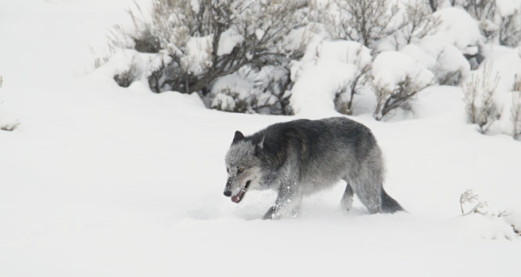
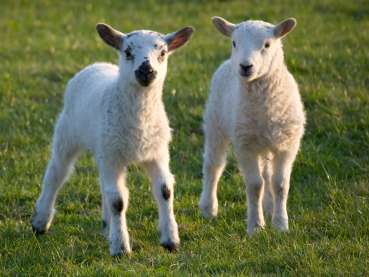
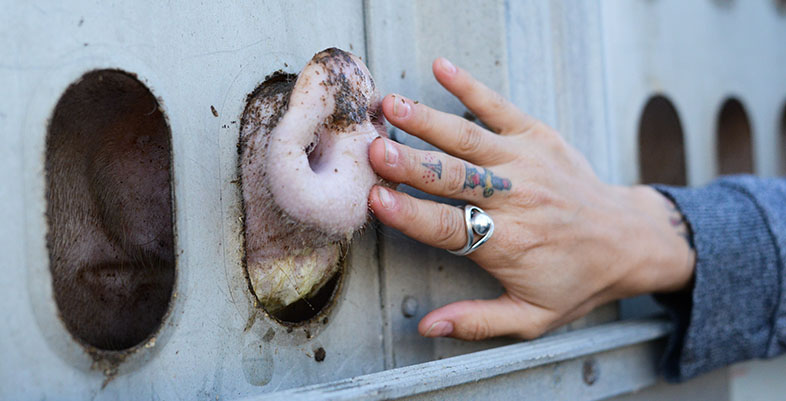
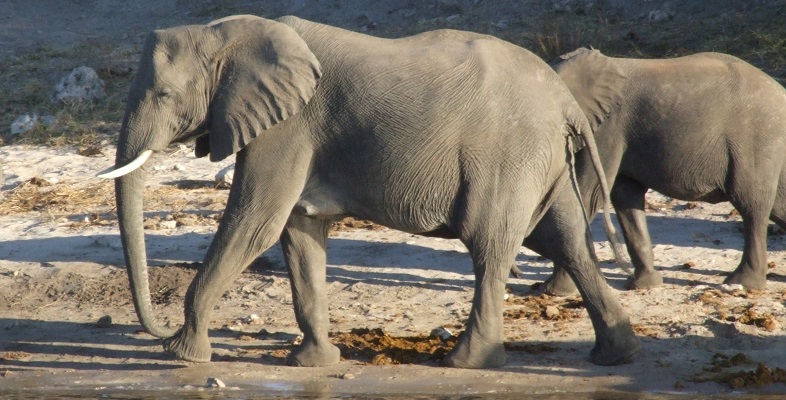
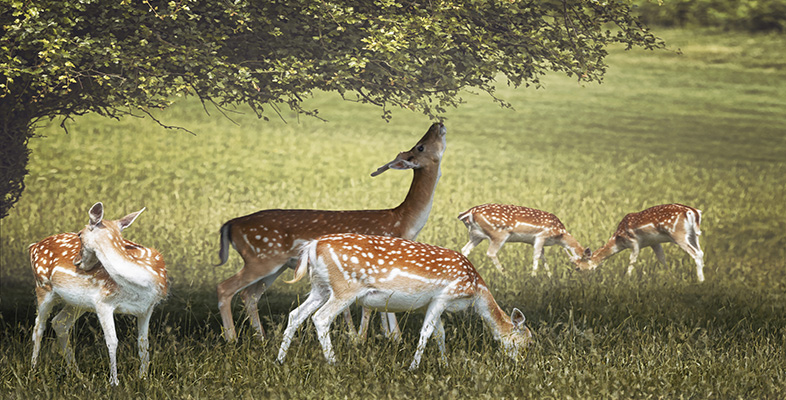
Rate and Review
Rate this article
Review this article
Log into OpenLearn to leave reviews and join in the conversation.
Article reviews